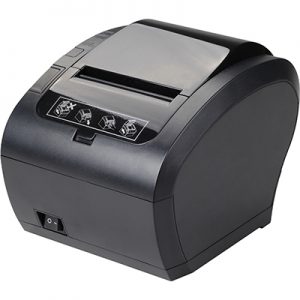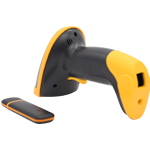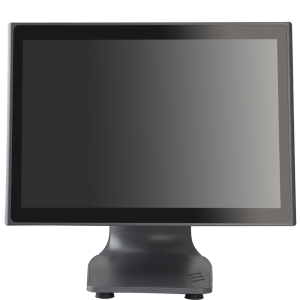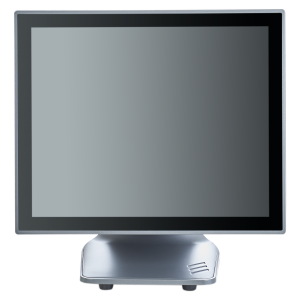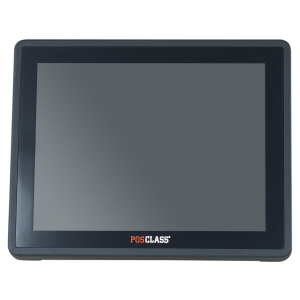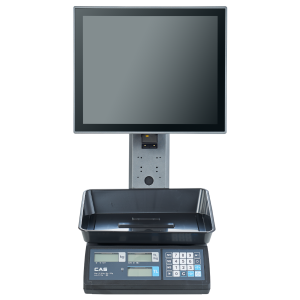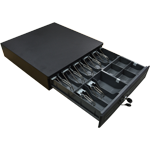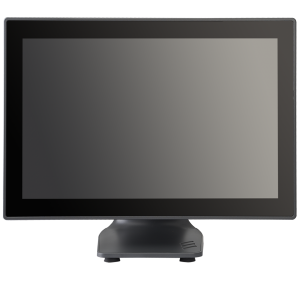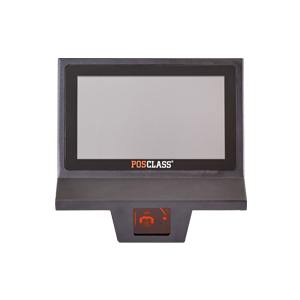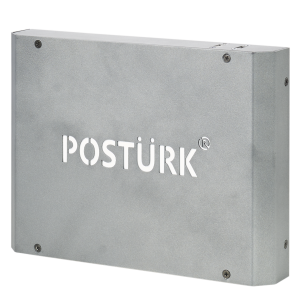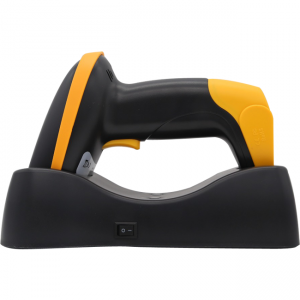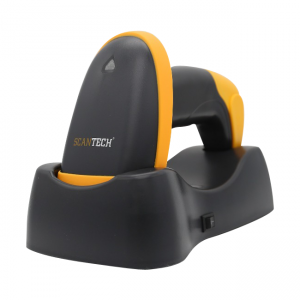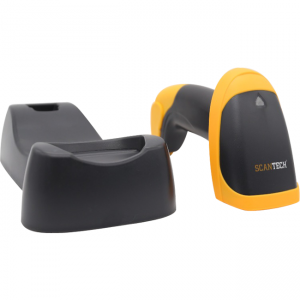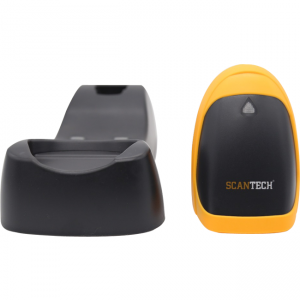● Wifi (433 Mhz) Contact
● 50-100 Meters Transmission Distance
●0 ~ 550 mm Reading Distance
●Resistant to drop from 1.8 meters
● Standards in IP54
● USB Connection
| MODEL | 1D Long Distance Wireless Barcode Scanner | |
|---|---|---|
| Source of light | 650 nm Visible Laser Diode (VLD) | |
| Number of scan lines | Single Scan Line | |
| Supported Barcode Types | 1D (Linear) | |
| Minimum Bar Width | 0,102 mm (4 mil) | |
| Scanning Speed | 200 Scan / Second | |
| Scanning distance | 0 ~ 550 mm | |
| Rotation Angles | ± 70 ° (Left-Right), ± 70 ° (Up-Down) | |
| Stimulants | LED and Beep | |
| Print contrast | %30 |
| Physical | ||
|---|---|---|
| Height | 138 mm | |
| Length | 227 mm | |
| Width | 107 mm | |
| Weight | 415 Gram | |
| Case material | ABS Plastic | |
| Cable Length | 2 Meters | |
| Color | Orange & Black |
| Electrical | ||
|---|---|---|
| Electrical Input Voltage | DC 5V ±5% | |
| Power Supply (Cradle) | USB from host system | |
| Battery (Scanner) | 3.7V, 1000 mAH Polymer Li-Ion | |
| Battery Working Period | Operation : Max. 20 Hours Stand By : Max. 3 Days | |
| Input Voltage | DC 5V ±5% | |
| Operating Current | Standby Mode: 30mA Operation Mode: 65 mA |
| Environmental | ||
|---|---|---|
| Operating temperature | -20 °C ~ 60 °C | |
| Storage Temperature | -30 °C ~ 90 °C | |
| Moisture | 5% ~ 95% (Non-condensing) | |
| Impact Resistance | 1.8 Meter | |
| IP Standard | IP54 | |
| Electrostatic Protection | 15KV |
| Supported Barcode Types | ||
|---|---|---|
| Barcode Types | UPC-A, UPC-E, EAN-13, EAN-8, ISBN/ISSN, Code39, CODABAR,Interleaved 2 of 5, Industrial 2 of 5, Chinese 2 of 5,Code128, Code93,Code11 MSI/PIESSEY, UK/PLESSEY,UCC/EAN128, China Postage |
| Communication | ||
|---|---|---|
| Communication Method | Wifi | |
| Radio frequency | 433 Mhz ISM frequency | |
| Distance | 300 meters (Max. Outdoor Area) | |
| Supported Interfaces | USB | |
| 1 Cradle Matchable Readers | Max. 70 Piece |
SCANTECH DC-433 1D WIRELESS Frequently Asked Questions
By barcode scanner, it enables the serial number it detects to be transmitted to electronic environment. After this step, the information transmitted (on the computer or terminal) is analyzed and the result is reflected, so that the data entry is realized much faster and more accurately. After the barcode is read with the appropriate reader, the reader converts the black and white lines into electrical signals. The decoder’s decoders turn these signals into numbers or characters we can understand. The electronic signals generated by the beam and barcode bars emitted by these readers are perceived by these readers and transferred to computers as numbers or characters. Dark bars in the barcode absorb light, and gaps reflect light. Thus, electronic signals are formed. Barcode readers can have different interfaces. They can be keyboard, serial port or usb connected. In addition, there are also radio frequency barcode readers. They are wireless and can transfer the scanned barcode to the computer instantly within its own activity area.
First of all, we open 5 pages of the booklet in the box. We read the barcodes on page 5 that read PARA FOR TX and PARA FOR RX. So your device is paired with dangle. Note: Do this operation only when a device is attached. Otherwise, all readers in the environment will match each other.
First of all, we open 5 pages of the booklet in the box. We read the barcodes on page 5 that read PARA FOR TX and PARA FOR RX. So your device is paired with dangle. Note: Do this operation only when a device is attached. Otherwise, all readers in the environment will match each other.
1) Barcode scanner may be out of charge. 2) If there is no laser although it is charged, we have to take the device to our technical service.
Yes,the dc-433 barcode scanner has memory.


